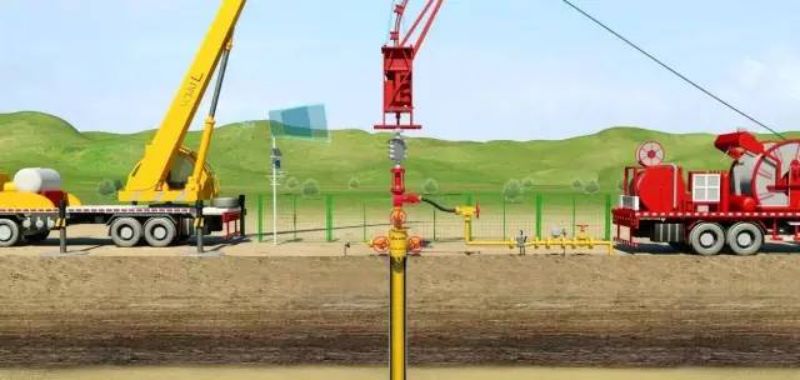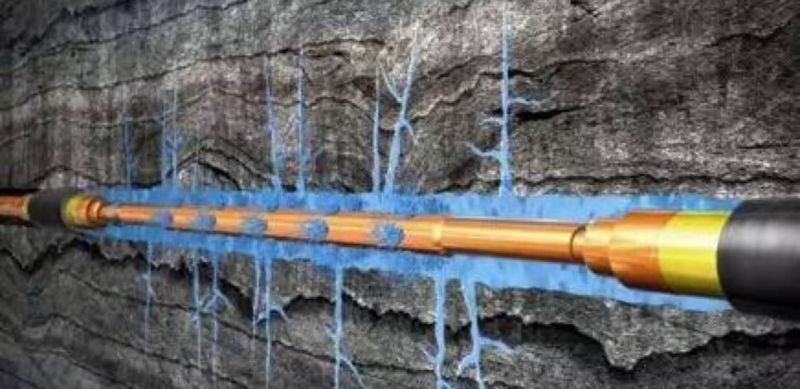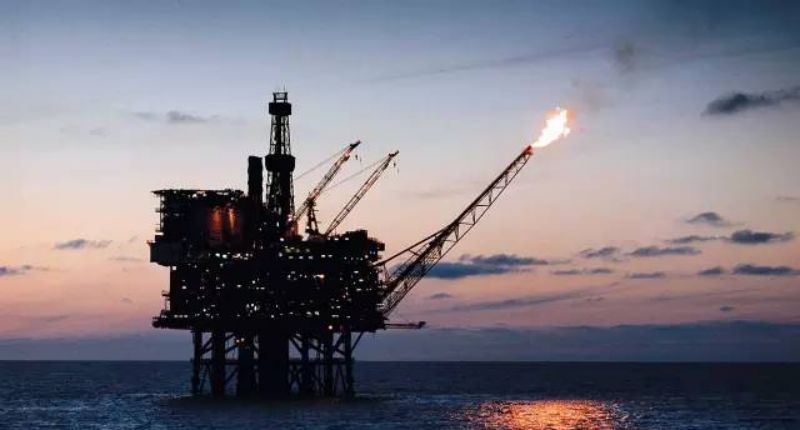Reservoir stimulation
1. Acidification
Acidification treatment of oil reservoirs is an effective measure to increase production, especially for carbonate oil reservoirs, which is of greater significance.
Acidification is to inject the required acid solution into the oil layer to dissolve the blocking materials in the formation near the bottom of the well, restore the formation to its original permeability, dissolve certain components in the formation rocks, increase formation pores, communicate and expand The extension range of fractures increases oil flow channels and reduces resistance, thereby increasing production.

2. Fracturing
Hydraulic fracturing of oil reservoirs is referred to as oil reservoir fracturing or fracturing. It uses the method of hydraulic pressure transmission to split the oil layer to form one or several fractures, and adds proppant to prevent it from closing, thereby changing the physical properties of the oil layer and achieving the purpose of increasing production of oil wells and increasing injection of water injection wells.

Test oil
The concept, purpose and tasks of oil testing
Oil testing is to use a set of specialized equipment and methods to directly test the oil, gas, and water layers initially determined through indirect means such as drilling, coring, and logging, and obtain the productivity, pressure, temperature, and oil and gas levels of the target layer. The technological process of gas, water properties and other materials.
The main purpose of oil testing is to determine whether there is industrial oil and gas flow in the tested layer and to obtain data representing its original appearance. However, oil testing has different purposes and tasks at different stages of oil field exploration. To sum up, there are mainly four points:
General procedures for oil testing
After a well is drilled, it is handed over for oil testing. When the oil testing team receives the oil testing plan, it must first conduct a well condition investigation. After preparations such as erecting the derrick, threading the rope, taking over the line, and discharging the measuring oil pipe, construction can begin. In general, conventional oil testing, the relatively complete oil testing process includes well opening, well killing (well cleaning), perforation, pipe string running, replacement injection, induced injection and drainage, production seeking, pressure measurement, sealing and return, etc. When a well still does not see oil and gas flow after induced injection and drainage or has low productivity, it is generally necessary to take acidification, fracturing and other production-increasing measures.

Post time: Sep-19-2023








 Room 703 Building B, Greenland center, Hi-tech development zone Xi’an, China
Room 703 Building B, Greenland center, Hi-tech development zone Xi’an, China
 86-13609153141
86-13609153141


